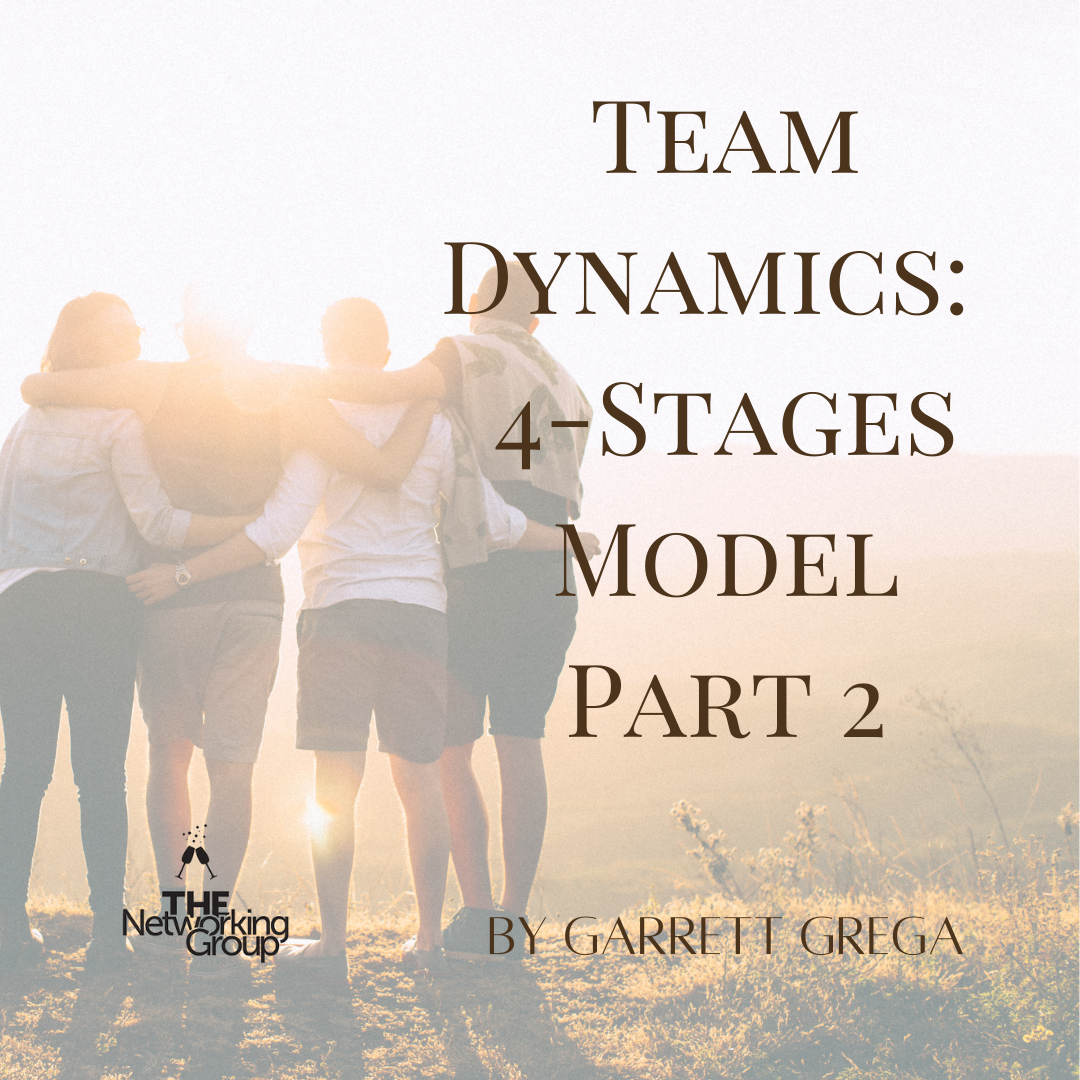As your team progresses through its own performance curve, you notice that some people are reaching for that next stage in career development. Are you prepared for what happens in the next stage? For that matter, do you recognize the career stage that you represent as a leader? How can you continue to develop people that are “rapid risers” in the organization?
 Last time we discussed The “Four Stages Model” by Gene Dalton and Paul Thompson. You will recall that the model describes four different stages of career development: Dependent Contributor, Independent Contributor, Coach / Mentor, and Visionary. The 2 stages we will address today are Stage 3, Coach / Mentor, and Stage 4, Visionary.
Last time we discussed The “Four Stages Model” by Gene Dalton and Paul Thompson. You will recall that the model describes four different stages of career development: Dependent Contributor, Independent Contributor, Coach / Mentor, and Visionary. The 2 stages we will address today are Stage 3, Coach / Mentor, and Stage 4, Visionary.
Coach / Mentor
The Coach / Mentor stage is usually associated with managerial positions within a company. However, experienced subject matter experts within the company can also act in a coach/mentor role. Identifying these subject matter experts on your team can be critical in sustaining long-term growth. If the Independent Contributor relies on him or herself, then the Coach / Mentor must rely on the contributions of others. They set the goals and objectives for the company and define the processes and steps for success. By the way, this is most likely the role that you, as the leader, are playing today.
Visionary
Stage 4 in career development is that of Visionary. Employees in the Visionary stage set the strategic mission for the company. They define the core values that form the company culture. They lead by inspiring the people around them to follow their example. If the 3rd stage defines goals and objectives, then the 4th stage sets the strategic priorities for the company. By necessity, there are only a few Visionaries within a company. This is the one stage where position and status within the company matters.
Working Together
From a personnel perspective, an employee can be in any of the four stages during a career. Many times, they will need to go through stages 1-3 as they take on new responsibilities. From a management perspective, it is crucial that people spend the minimum amount of time within stage 1 (Dependent Contributor). High-performing organizations have higher percentages of Independent Contributors (stage 2) to drive the company forward. Managers (stage 3) must recognize the given stage of an employee and create the environment necessary for them to move into that next career stage.
Questions to Consider
Now that you understand the different stages let’s pose some questions:
• If the Visionary is vacant (i.e. new owner or CEO search), can the company achieve break-through growth?
• What happens if an organization consists primarily of employees in stage 1 (Dependent Contributor) and stage 3 (Coach / Mentor)?
• If employees in stage 3 (Coach / Mentor) are few, can you develop the processes and procedures required for continued growth?
The answers to the above deserve their own studies. What can be stated is that balance is required within the organization. You need the proper balance of all four stages to sustain growth within a company.
Summary
The “Four Stages Model” of career development is a great tool to help organizations define their workforce. High-performing organizations recognize that it is in their best interest to accelerate an employee’s growth significantly through stage 1 (Dependent Contributor) into stage 2 (Independent Contributor). Managers / Coaches / Mentors set the goals and objectives for a company. They work with others to define the processes and steps required for growth. Last, the Visionary must set the strategic priorities. The Visionary can inspire the organization to new heights. They identify the changes required for sustained success.
Download your “Strategic Planning Questionnaire” today and set your team on a path to success!
 About the Author: Garrett Grega is a FocalPoint Certified Executive Coach with FocalPoint Business Coaching in Branchburg, New Jersey, where he specializes in reconnecting executives, business owners, and managers with their business passions! Garrett has his own passion for transforming high-potential employees into perennial all-stars. He has 20+ years helping international companies launch new products and processes. He previously spent 8 years launching LED lighting products for various lighting companies. His professional experience includes strategic planning, business development, marketing, and product development. He can be reached at [email protected]. See more at www.garrettgrega.focalpointcoaching.com.
About the Author: Garrett Grega is a FocalPoint Certified Executive Coach with FocalPoint Business Coaching in Branchburg, New Jersey, where he specializes in reconnecting executives, business owners, and managers with their business passions! Garrett has his own passion for transforming high-potential employees into perennial all-stars. He has 20+ years helping international companies launch new products and processes. He previously spent 8 years launching LED lighting products for various lighting companies. His professional experience includes strategic planning, business development, marketing, and product development. He can be reached at [email protected]. See more at www.garrettgrega.focalpointcoaching.com.

